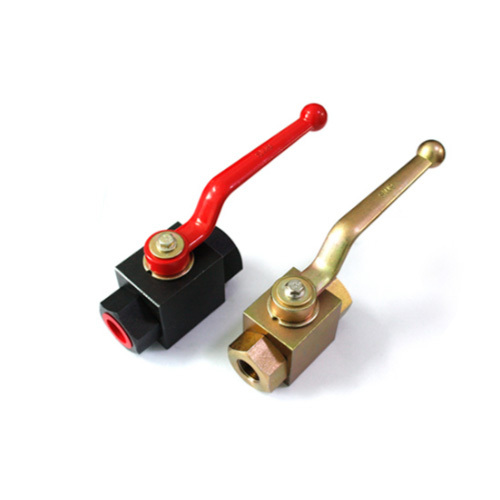Product (323)
- Hydraulic Oil cooler (15)
- Ball Valve (65)
- Quick Coupler (16)
- Pneumatic Cylinders (49)
- Air Filter Regulator (31)
- Solenoid Valve (40)
- Mechanical Valve (20)
- Pneumatic Fitting (39)
- Pneumatic Silencer (6)
- Pneumatic Component (8)
- pneumatic (31)
- Others (3)
Blog (21)
Company image (2)
News (2)
Certificates (4)
Credit Report
Products Index
Blog
How do high-pressure ball valves compare to gate valves in terms of performance?

One major difference is the flow characteristic. High-pressure ball valves have a full bore design, meaning that the ball has a hole that matches the pipe diameter, allowing for unrestricted flow. This results in low pressure drop and high flow capacity. On the other hand, gate valves have a gate-shaped disc that moves up and down to control the flow. When fully open, gate valves provide a straight-through flow path. However, due to the design, gate valves can cause more pressure drop compared to ball valves.
In terms of shut-off capability, both types of valves can provide a tight seal when fully closed. However, ball valves typically have a lower torque requirement for operation, making them easier to open and close. Gate valves may require more force to operate, especially in high-pressure applications.
Another difference is the ability to handle high-pressure environments. High-pressure ball valves are specifically designed to withstand high pressures and can handle a wide range of pressures. Gate valves, although they can handle high pressures, may have limitations in terms of pressure ratings.
Overall, high-pressure ball valves offer advantages in terms of low pressure drop, high flow capacity, and ease of operation. However, gate valves may still be preferred in certain applications where a straight-through flow path is required, or where pressure drop is not a significant concern. The choice between the two depends on the specific requirements of the application.
Pre Page:
How often do high-pressure ball valves...
Next Page:
Are high-pressure ball valves suitable...




